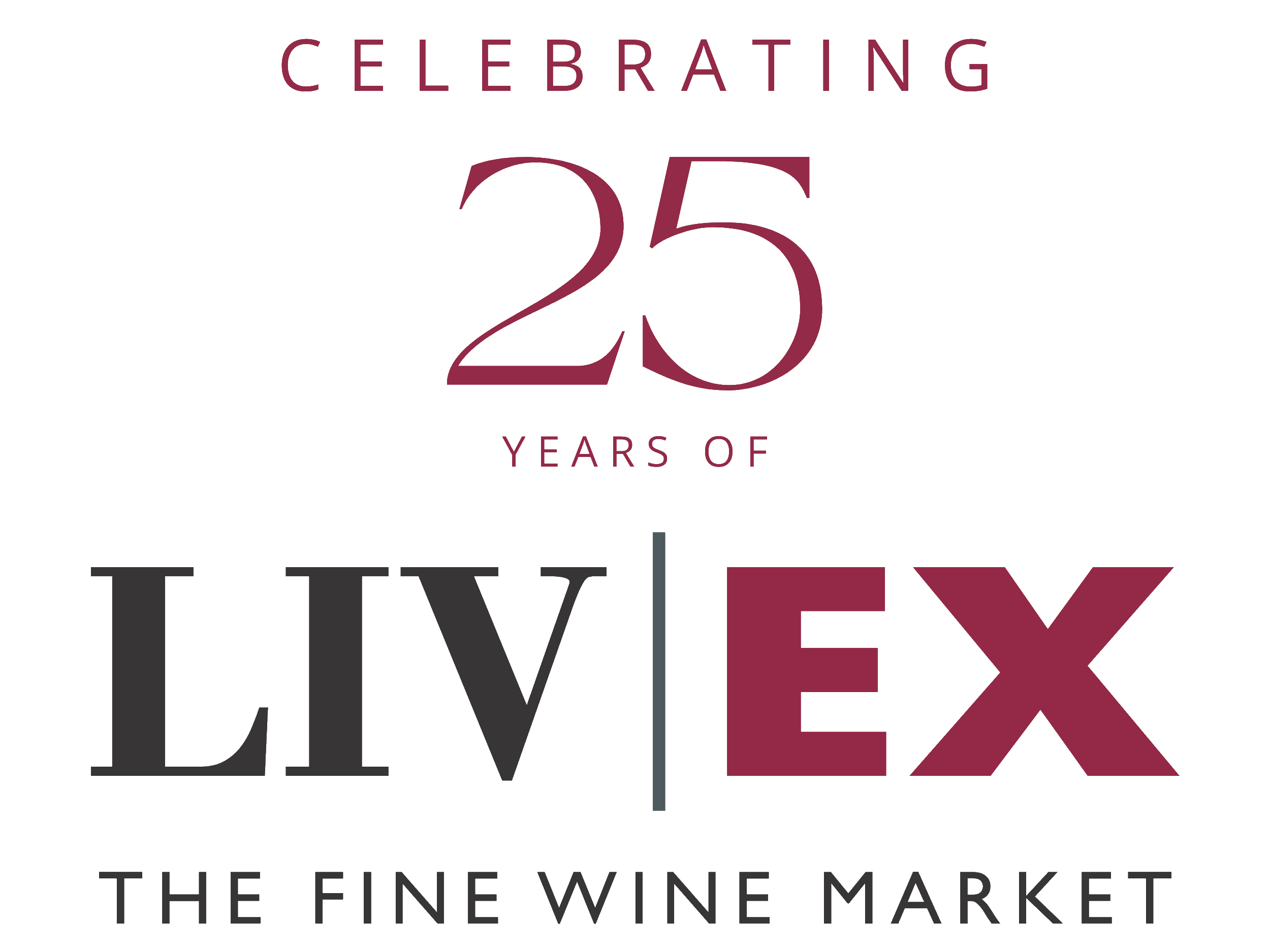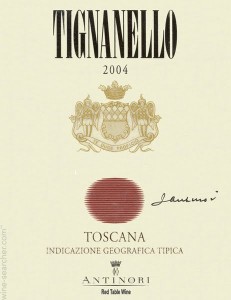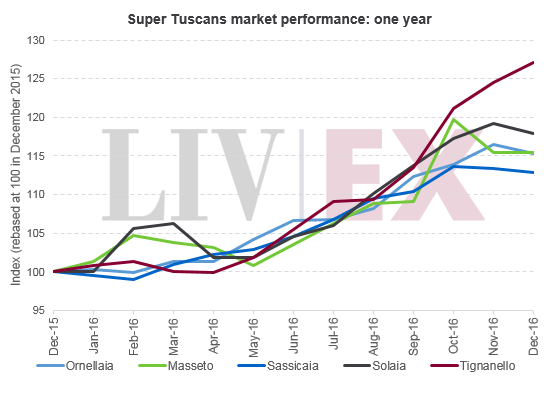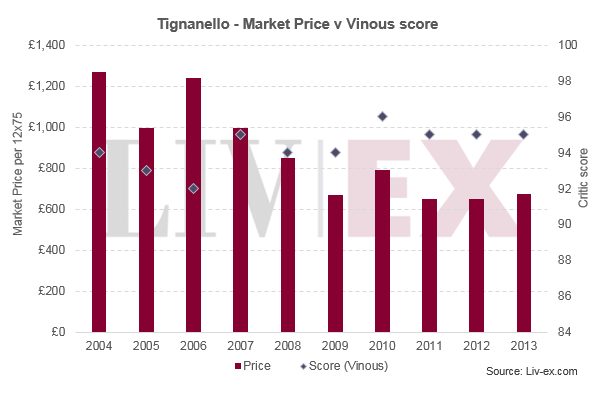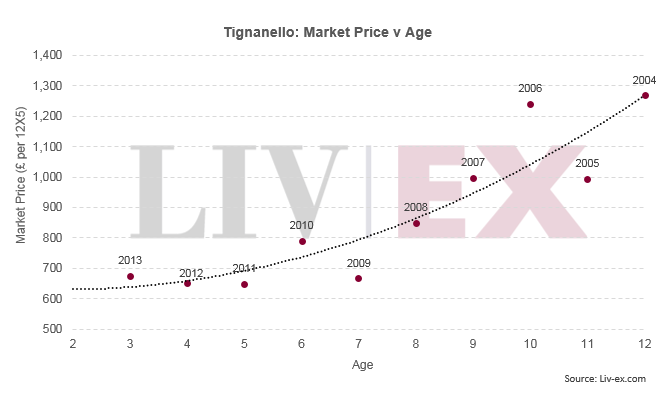Owner: Marchesi Antinori
Classification: Toscana IGT
Vineyard area: 140 acres (57 hectares)
Colour: Red
Standard blend: 80% Sangiovese, 15% Cabernet Sauvignon, 5% Cabernet Franc.
Average production: 20,000 – 30,000 cases
History
In 1850 the Antinori family acquired several small farms with vineyards in the Chianti Classico area. These included Paterno, Santa Maria, Poggio Niccolini and 47 hectares at Tignanello, which would go on to become the current Tignanello estate.
During the Second World War in 1943, the family residence at Villa Antinori was damaged and the family moved to the Tignanello estate. However, it wasn’t until 1970 that the first vintage of Tignanello was created, with 20% Canaiolo, 5% Trebbiano and 5% Malvasia alongside Sangiovese. The following year, the blend of Tignanello was not compliant with the rules of Chianti Classico. By the 1975 vintage white grapes were eliminated from its blend altogether.
Because of this, Tignanello was unable to be classified as Chianti Classico DOC and was branded as a table wine for many decades along with a group of other wines including Ornellaia, Sassicaia and Solaia. Together these wines broke away from DOC restrictions and became recognised as a group of high quality non-DOC wines: Super Tuscans.
Chianti Classico DOC has now altered the regulations, allowing Tignanello to label its wine Chianti Classico. However, the winery chose to not use Chianti Classico on the label, and continues to produce under Toscana IGT.
Market Performance
The Tignanello index – which tracks the price movements of the last ten physical vintages – is up 27.1% year-on-year. It has outperformed the Italy 100 index which is up 13.8% over the same period. Tignanello is also the best performing Super Tuscan index year-on-year, while commanding lower Market Prices than others. Second to Tignanello is its sister wine, Solaia, which is up 17.9%.
The best-performing vintages have been the 2006 and 2008 over the past twelve months, up 37.8% and 33.6% respectively. The 2007 followed close behind with a 33.1% increase.
The chart below compares Tignanello Market Prices against their scores from Antonio Galloni. The chart shows that Tignanello follows the traditional price pattern of fine wine: prices rise as the wine gets older and quantities in the market deplete.
Buyers willing to wait might therefore consider the more recent vintages. They are amongst the most highly scored, but their prices are still waiting to catch up with those of their older siblings. For example, the 2007 (AG 95) and 2013 (AG 95) have equal scores but the 2013 is available at a 32.3% discount to the 2007.
Age appears to have more of a direct impact on price than critic scores. When Tignanello Market Prices are plotted against age, the trend line shows a positive exponential correlation. The wines that drift furthest below the trend line are 2009 and 2005. These might be considered undervalued compared to Tignanello vintages around the same age.
[mc4wp_form id=”18204″]
